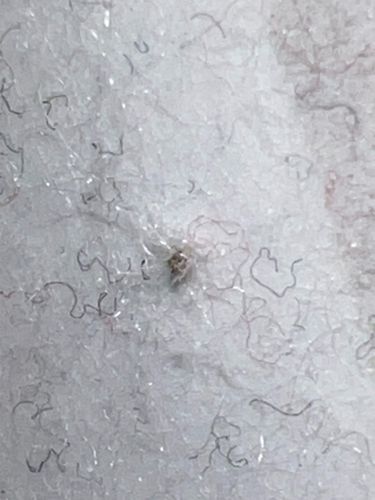Dust Mite
Scientific Name: Dermatophagoides spp.
Order & Family: Acariformes, Pyroglyphidae
Size: 0.2 - 0.3 mm

Natural Habitat
Indoor environments, especially beds, upholstered furniture, carpets, and clothing where human skin flakes accumulate.
Diet & Feeding
Primarily feeds on shed human and animal skin flakes (dander), as well as other organic detritus.
Behavior Patterns
Dust mites are microscopic arachnids that thrive in warm, humid conditions. They are not parasites and do not bite or burrow into skin. They prefer dark, undisturbed areas and are most abundant in bedding due to the ready supply of food and suitable microclimate. They have a relatively short life cycle of 10-19 days for males and 60-100 days for females, during which a female can lay 50-100 eggs.
Risks & Benefits
Dust mites are a major allergen for many people, contributing to asthma, allergic rhinitis, and eczema. Their fecal pellets and body fragments are the primary source of these allergens. They pose no direct health risks like biting or disease transmission, and there are no known direct benefits to humans or the environment, though they play a role in decomposition of organic matter on a microscopic level.
Identified on: 10/22/2025